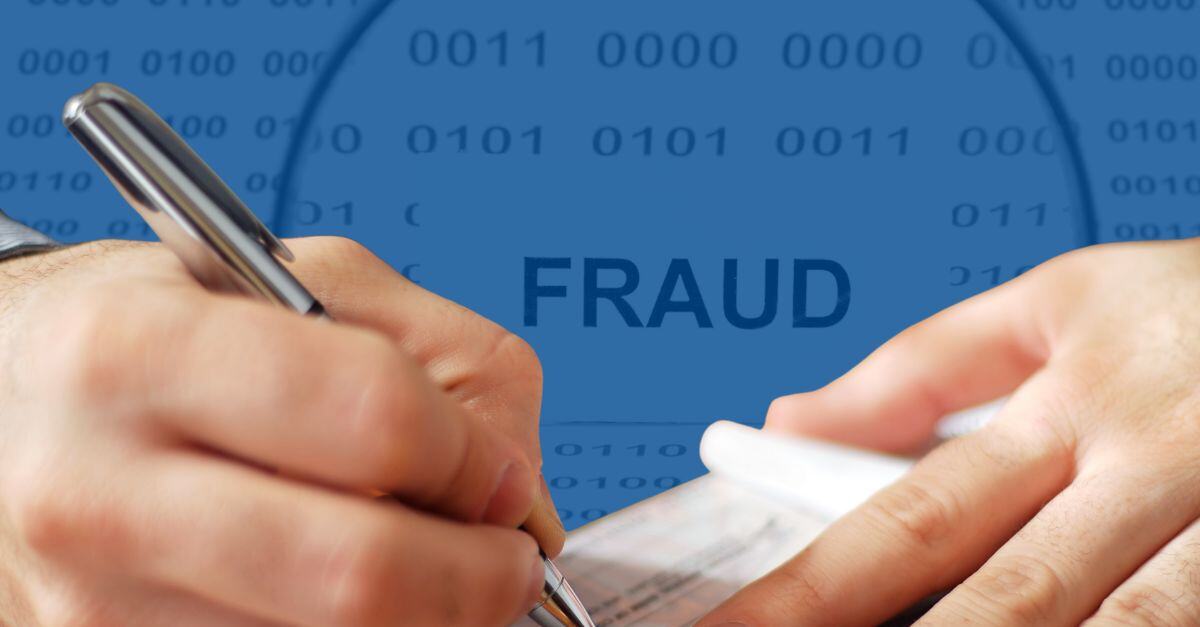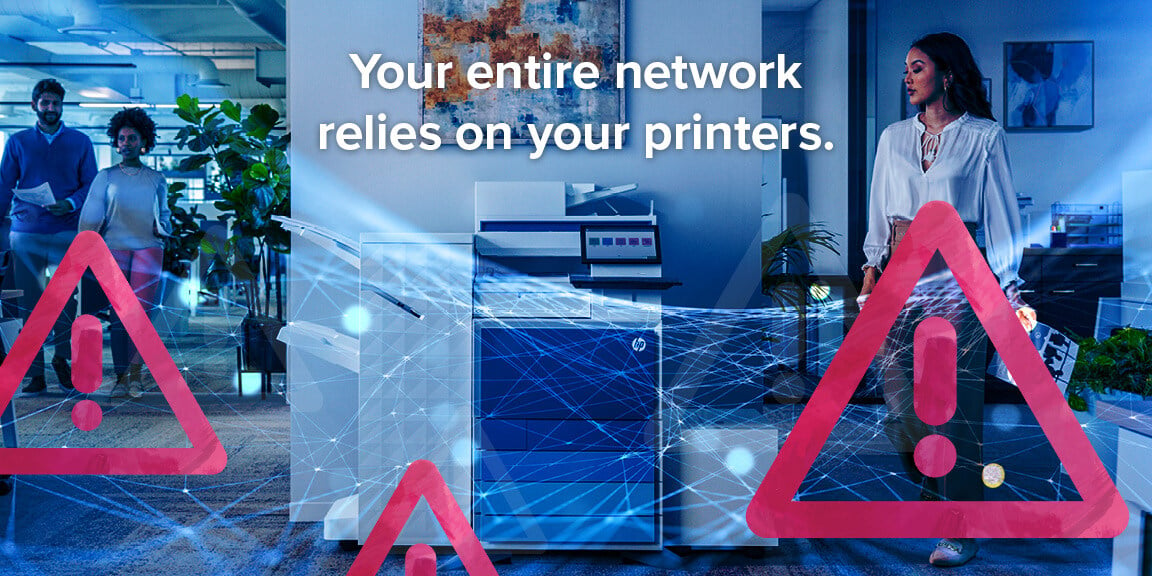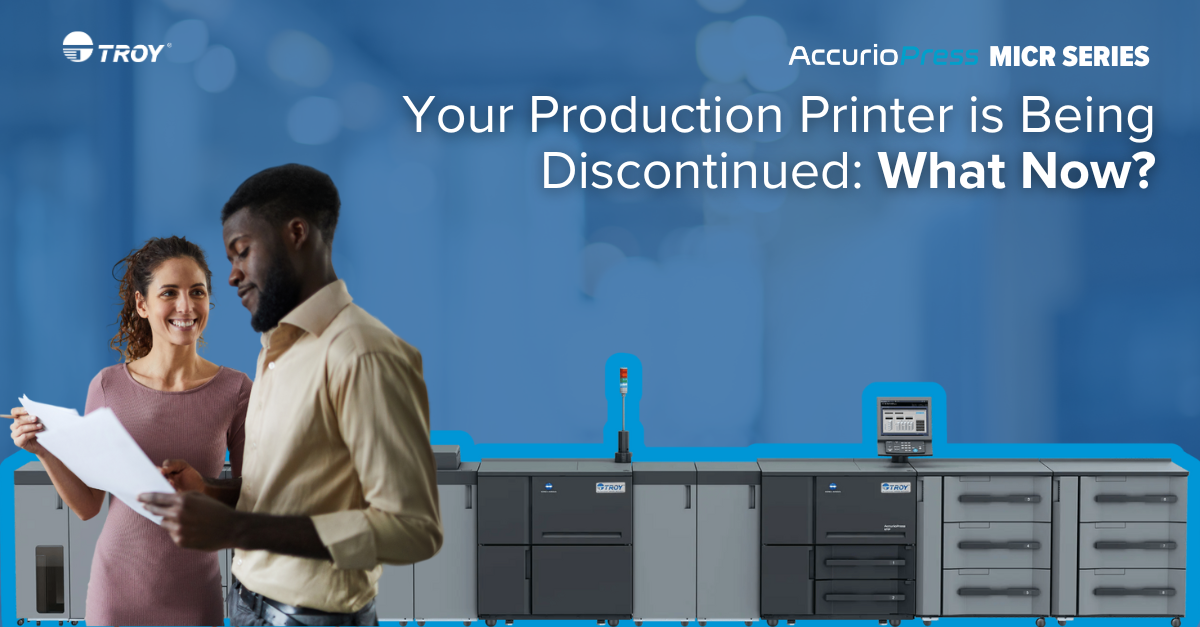Check Fraud is on the Rise: Here are 3 Tips to Protect Your Business

As the headline says, check fraud is on the rise and the Department has the statistics to back this statement. Below is a quick outline of the numbers:
- 350,000 cases of check fraud were reported in 2021.
- By 2022, the numbers increased by approximately 161% to 680,000.
- In the first half of 2023, approximately 400,000 cases were reported with losses estimated to hit the $24 billion mark at the end of the year.
The alarming increase in the rate of check fraud has led publications such as the New York Times to state that "you should avoid mailing checks and seek to use electronic payment options". Although the above sounds like great advice, the facts on the ground remain that millions of checks are been mailed across the US and the world on a daily basis.
The Department of Treasury mails millions of checks monthly as a stimulus to citizens or as payment to vendors. Also, businesses/individuals mail out millions of checks to vendors or customers to pay for goods or services. Hence, telling businesses and individuals to avoid mailing out checks as the solution to eliminating check fraud is reductive.
So, What's the Solution?
The short answer is implementing solutions that reduce or eliminate check fraud. For a more detailed answer, we have provided 3 timely tips to help government agencies, businesses, and individuals develop fraud-resistant check printing workflows to reduce fraud.
- Integrate MICR Solutions to Protect Your Checks - Magnetic Ink Character Recognition (MICR) technologies were developed as a means to authenticate documents including checks. Businesses that print checks or provide check printing services can take advantage of MICR solutions to secure the printing process. These solutions include the MICR printer for printing checks with MICR toners and anti-tamper toners that makes it impossible to manipulate or wash checks.
MICR printers integrate the use of specific security features to protect the check printing process. These features include secure firmware to reduce unauthorized access, lock trays to stop unauthorized check printing, and encryption to protect checks sent over data transfer networks. MICR Toners utilize patented dyes within secure cartridges to ensure manipulated checks are easily identified. The security feature integrated into MICR solutions will protect your business from both internal and external fraud. For example, external check manipulators must gain access to your business's fraud-resistant toners and MICR printers to successfully print a valid check. Also, lock trays and secure firmware ensure staff members must require authorized access to print checks.
- Digitalize Your Check Printing Workflow and Mailing Process - The New York Times’s article highlighted the importance of electronic payment options due to the speed and relative safety encryption provides. What it fails to mention is that you can digitally transform your check printing and mailing process to take advantage of the speed and safety digital technology provides. Using apps like AssurePay, you can bring your business's entire check printing process onto a single platform equipped with extensive fraud-resistant and security features. The ability to streamline check printing workflows reduces human error and enables traceability.
Digitalizing your check printing process means you can add extra layers of security such as authorized signatories, watermarks, personalized fonts, and monitoring capabilities to your workflow. Here, monitoring refers to the ability to monitor internal check printing, as well as track issued checks from their creation to delivery.
- Utilize Patented, Certified Solutions Providers - MICR provides a secure framework for developing fraud-resistant technologies but does not prevent check manipulation on its own. This means that not all MICR products that claim to be secure provide the security they advertise. To ensure, you choose the right solution provider for your individual or business-related check printing requirements, it is recommended that you execute comprehensive research on the brand solutions you intend to purchase.
Things to look out for during your research are certifications or acceptance from financial agencies such as ANSI in the US and the C&CCC in Europe. Further analysis of customer feedback concerning the check printing solutions you require would help you with making the correct decision.
How TROY Solutions can Help Your Business Reduce Check Fraud
As industry leaders in the check printing community, we provide check printing solutions to help you implement the security measures highlighted above. TROY MICR printers and toners are approved by relevant agencies such as the C&CCC, ANSI, and the NSCC.
The solutions we provide have undergone extensive lab tests to ensure that their security features function as intended and advertised. Your business can utilize our MICR printers, fraud-resistant toners, AssurePay, and Troy FlexPay to digitally transform and build secure workflows for your check printing process. To learn more, reach out to a TROY representative for a demo describing how we can help. Contact us today.
Related Posts

MICR Toner Secure: Prevent Check Fraud with 1 Step
Fraud is making a comeback. When it comes to electronic payments using fintech platforms such as Zelle or CashApp, the United States is seeing surge, and the follow through with..

5 Reasons You Need to Upgrade Your Legacy Printer
Have you taken a look at your company or department printer lately? Or are printers something you may not even think about?

Your Production Printer MICR is Being Discontinued: What Now?
Production printing isn't a new technology. Print shops, state governments, and other entities need large production end printers to fulfill needs for constituents, in the context..



Leave a Reply